Search
Search Results
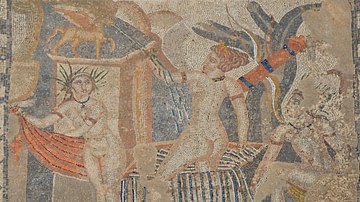
Definition
Diana
Diana was the goddess of childbirth, the fertility goddess, the goddess of the moon as well as the patron goddess of wild beasts in Roman mythology. However, she is best known as the goddess of the hunt, with her sacred animal being the deer...
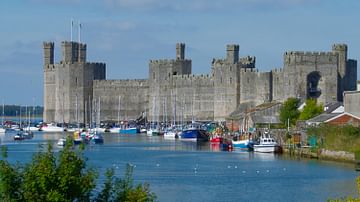
Definition
Caernarfon Castle
Caernarfon Castle (aka Caernarvon) is located in North Wales and was first built from 1283 CE by Edward I of England (r. 1272-1307 CE) to help, along with several other major castles, control the newly conquered area. As the administrative...
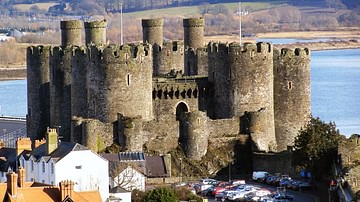
Definition
Conwy Castle
Conwy Castle (aka Conway Castle), located in North Wales, was built by Edward I of England (r. 1272-1307 CE) from 1283 to 1292 CE to protect and maintain, along with several other castles, his newly acquired dominance in the region. Built...
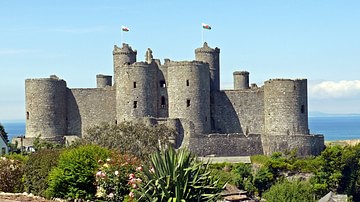
Definition
Harlech Castle
Harlech Castle, located in North Wales, was first built by Edward I of England (r. 1272-1307 CE) from 1283 CE. Largely completed by 1290 CE, the castle received some further additions up to 1330 CE. A classic example of a concentric medieval...

Collection
10 Great Castles in England & Wales
The Norman Conquest of 1066 CE brought sophisticated motte and bailey castle architecture to England but it was really in the 12th and 13th centuries CE that stone castle-building reached its zenith. Edward I of England (r. 1272-1307 CE...
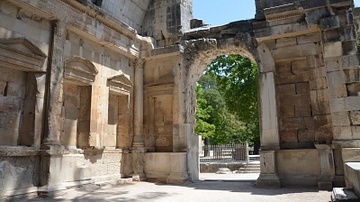
Image
Temple of Diana, Nimes
The so-called Temple of Diana, part of an Augusteum, modern-day Nîmes, France. The temple was built in the 1st century CE around a Nymphaeum and dedicated to Augustus.
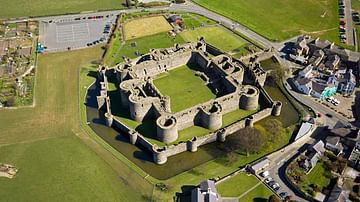
Definition
Beaumaris Castle
Beaumaris Castle, located on Anglesey, Wales, was built from 1295 CE by Edward I of England (r. 1272-1307 CE) to protect his territorial gains in the region. The castle featured the latest defensive designs of the period such as round towers...

Article
Vikings in Wales
The Norse may have ruled parts of northern Wales in the early 11th century, specifically in Anglesey and Gwynedd, though the degree to which is unclear. Old Norse had relatively little impact on Welsh linguistics, and the Old Norse influenced...
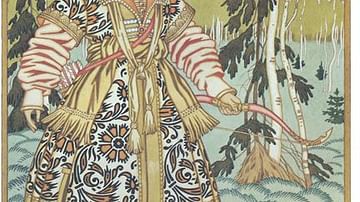
Article
The Frog Princess
The Frog Princess is a Slavic folktale focusing on the importance of recognizing someone’s inner beauty, regardless of their outward appearance, as well as the possibility of redemption after failure. The tale has many variants and appears...

Definition
Gisela of France
Gisela of France was a legendary 10th-century CE Francian princess, who, according to tradition, was married off to Viking leader Rollo of Normandy. Her name, Gisela or Gisla, comes from an Old German word meaning "to pledge", the...